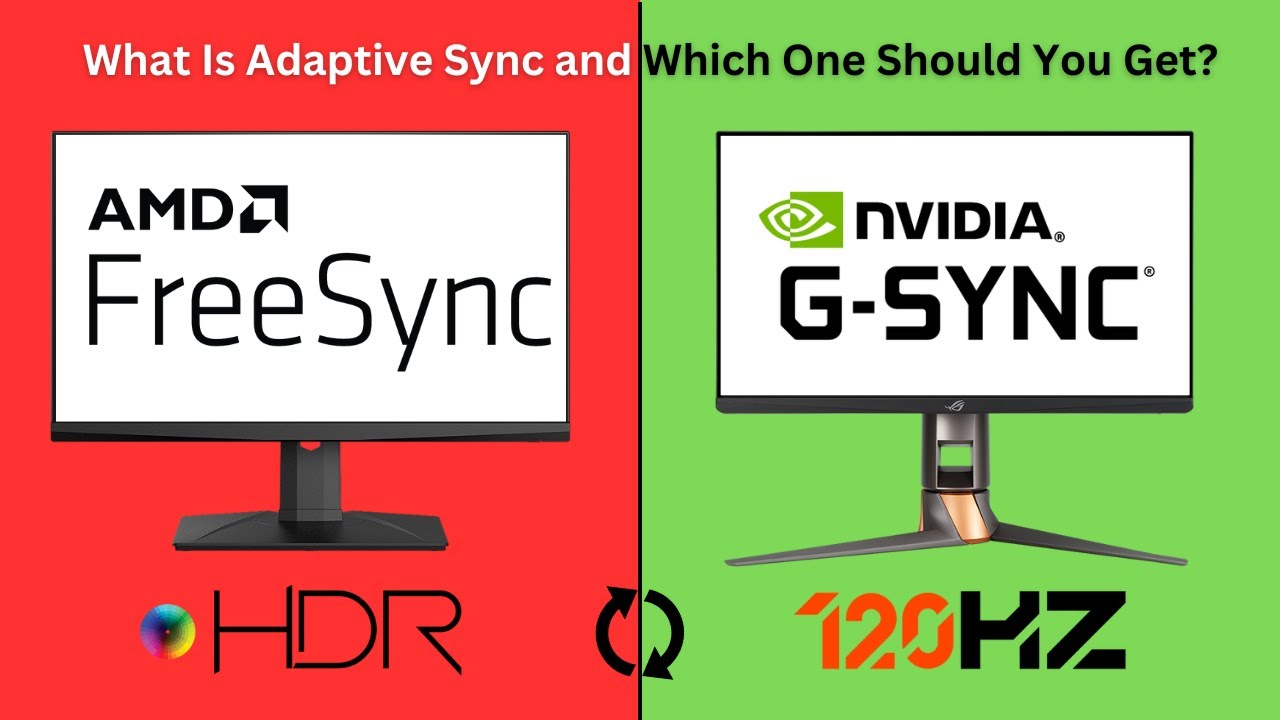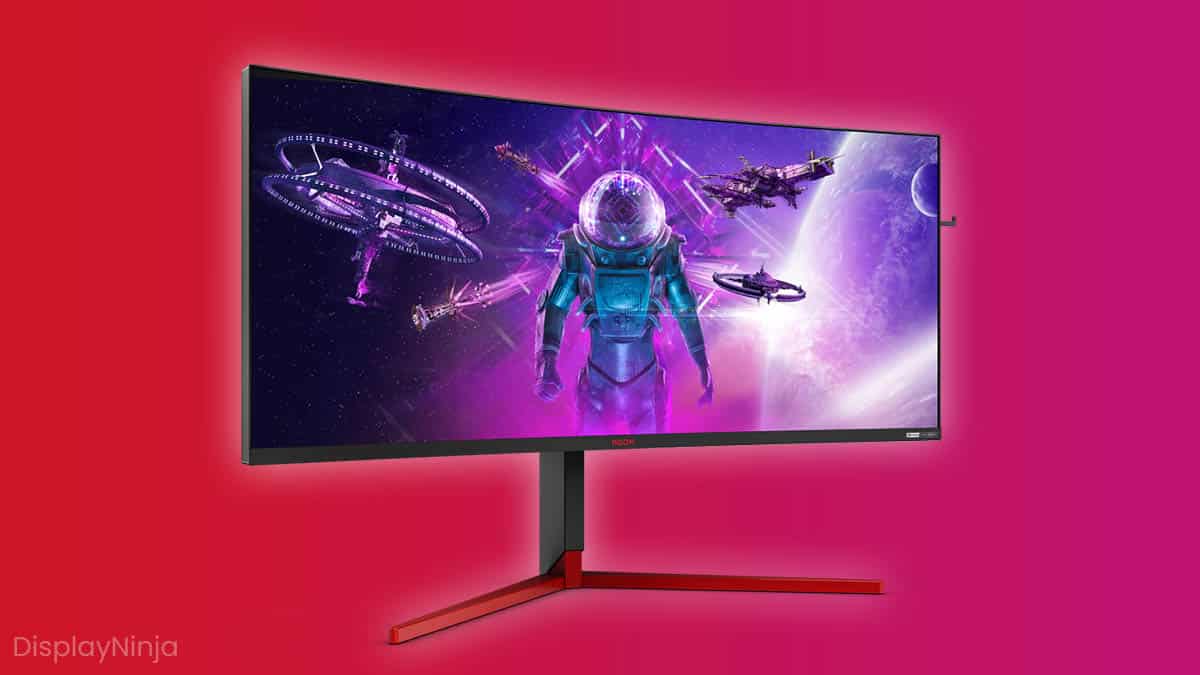Now, you might be wonderin’, “What in the world is G-Sync, and is it really worth it?” Well, let me tell ya, I ain’t no tech expert, but I can sure tell ya what I know, and I’ve seen a thing or two. So, here goes! G-Sync is a fancy little feature from Nvidia that helps make yer gaming look smoother, so ya don’t gotta deal with that awful screen tearing. Ya know, when the image on your screen looks like it’s split up in pieces, all wobbly like? That’s what G-Sync’s tryin’ to fix.
Now, let’s get to the meat of it. G-Sync works by syncing up your graphics card with your monitor, so they refresh at the same time. Why does that matter? Well, when they ain’t in sync, your game can stutter or look all choppy, especially when the frames per second (FPS) in yer game don’t match up with your monitor’s refresh rate. If you ever seen a game where things get all jerky, like the game’s slowin’ down or the picture’s broken, that’s the kind of thing G-Sync is gonna help with.

But hold on, now. You might be thinkin’, “Ain’t there other ways to fix this? Ain’t V-Sync or FreeSync just as good?” Well, yeah, they try to do the same thing, but G-Sync’s a bit different. It’s kinda like a special tool Nvidia’s made just for their graphics cards. G-Sync’s gonna give ya a smoother, more responsive game, especially if you’re really serious about gaming. Like those folks in the competitive gaming leagues, they swear by G-Sync. They say it makes a big difference, and they can play faster and more accurate without any lag or tearing messin’ things up.
Now, I ain’t gonna say G-Sync is for everyone. If you just play games for fun and don’t mind a little bit of tearing here and there, you might not need it. But if you’re the type who likes to play fast-paced games like them first-person shooters or race car games, where every second counts, G-Sync might just be worth it. You’ll notice the difference, especially when things get real fast and furious on the screen.
Let’s talk about the price, though. G-Sync monitors tend to cost a little bit more than the ones that don’t have it. So, you gotta ask yerself if it’s worth that extra bit of cash. If you’re like me and on a budget, that’s something to think about. But, if you got the extra money to spend, and you really care about gettin’ that perfect, tear-free gaming experience, then yeah, G-Sync’s probably worth it.
And what about them high refresh rate monitors, like them 144Hz or even 240Hz ones? Well, let me tell ya, even if you got a fast monitor like that, you can still see some screen tearing if your game’s runnin’ at a lower FPS than your monitor’s refresh rate. But that’s where G-Sync comes in and does its magic. It’ll adjust the refresh rate of yer monitor to match the FPS of your game, and that means no more screen tearing, no more stuttering, just smooth, clear gameplay.
Now, you might be wonderin’, “Is G-Sync necessary for a 144Hz monitor?” And the answer is, well, not exactly. You can play without it, but like I said before, G-Sync’s gonna make things a whole lot smoother, even on a 144Hz monitor. It’s like putting a good pair of shoes on – you could walk around without ‘em, but with ‘em, you’ll be a whole lot more comfortable.
But, ya know, it all depends on what kinda gamer you are. If you’re someone who’s serious about gaming, like them pro players who need every millisecond of advantage, then G-Sync’s probably worth it. If you just play for fun and ain’t worried about every little detail, then you might be fine without it.

To wrap it up, G-Sync ain’t a must-have for everyone, but if you’re after a smoother, more fluid experience, especially in competitive games, it can make a real difference. It’s like if you’re sittin’ in a chair – you can sit in a plain ol’ chair, but if you get one with some nice cushions, well, it’s just that much better, right? Same idea here with G-Sync. If you got the gear for it and wanna take yer gaming to the next level, it might just be worth the extra cost.
Tags:[G-Sync, gaming, Nvidia, screen tearing, 144Hz, 240Hz, competitive gaming, monitor refresh rate, gaming performance, FreeSync]